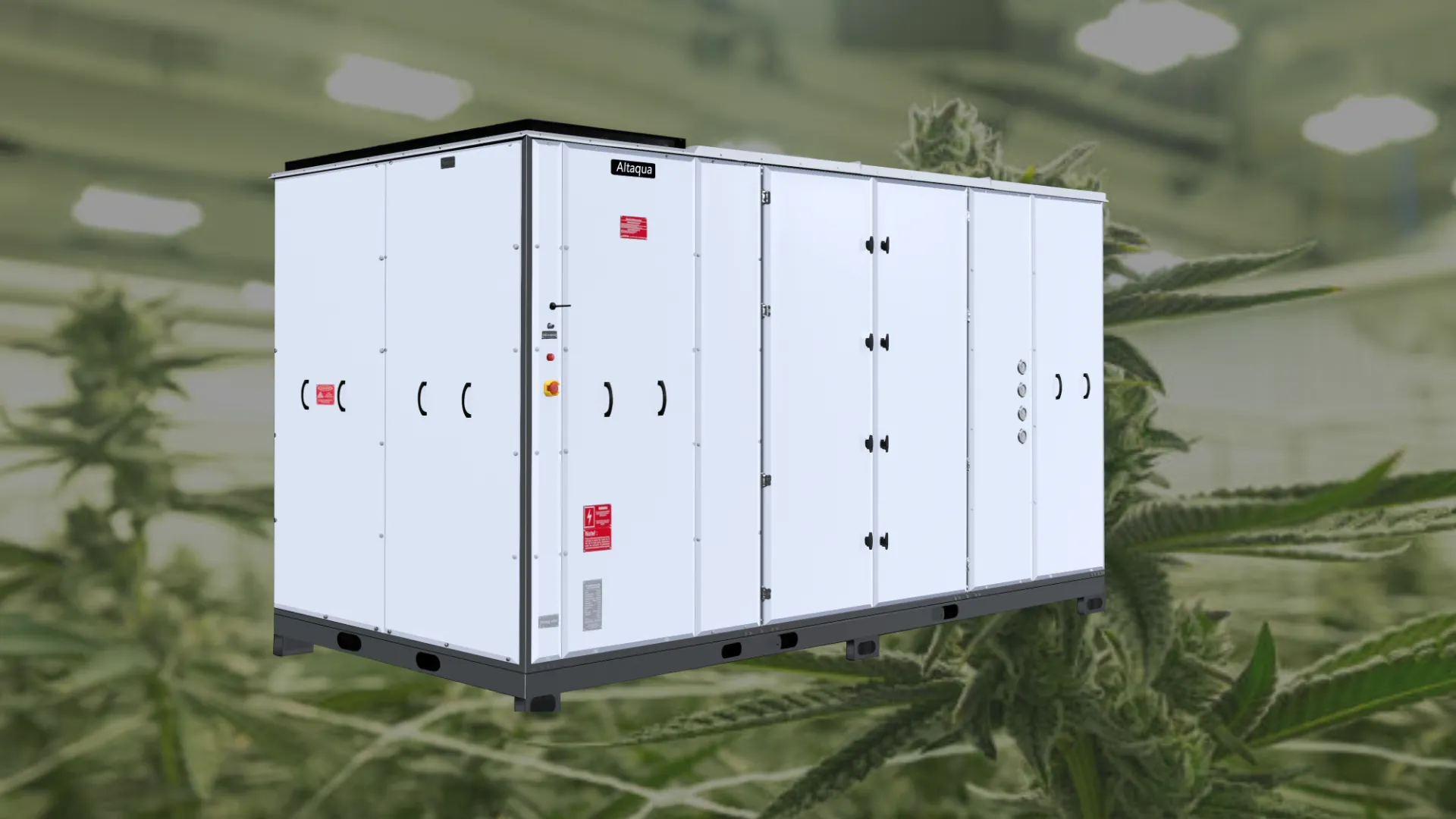Talk to Our HVAC Engineers
Know Moisture Impact on Growth
Learn Grow Room HVAC Technology
Get Cannabis Climate Control Solutions
Support You to Get Cannabis Climate Control Solutions
When choosing a grow room HVAC system, we understand that you care about more than just the product itself. A truly reliable partner should provide timely and professional support at every key stage. Next, you can learn about the full range of services we offer to help you move forward with greater confidence at every step.
Get A Free Proposal
Pre-Sales Services
Sales Services
After-Sales Services
Feel Free to Contact Us
Phone: + 86 138 0922 0755
Whatsapp: + 86 138 0922 0755
Email: [email protected]
Follow Our Channels
